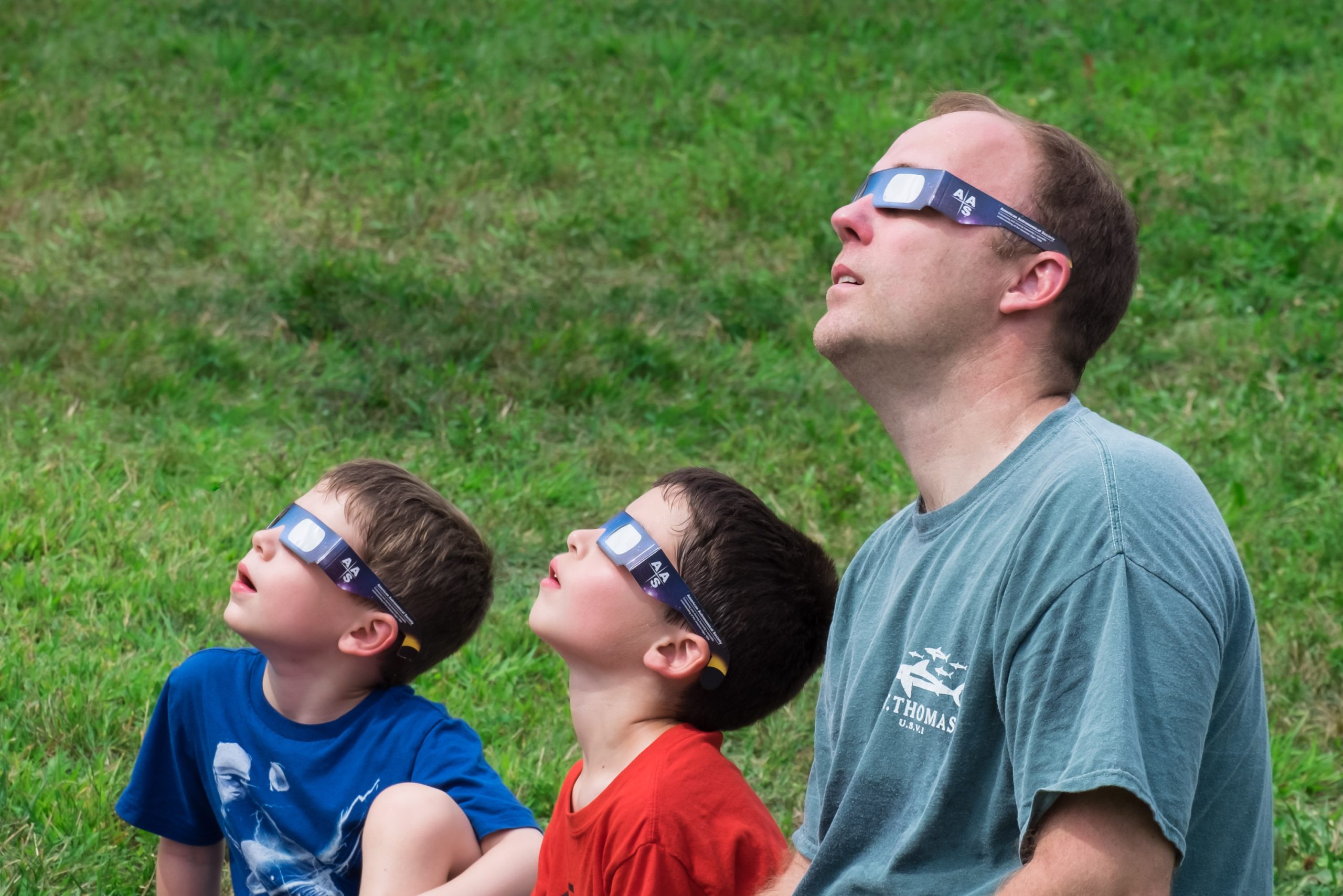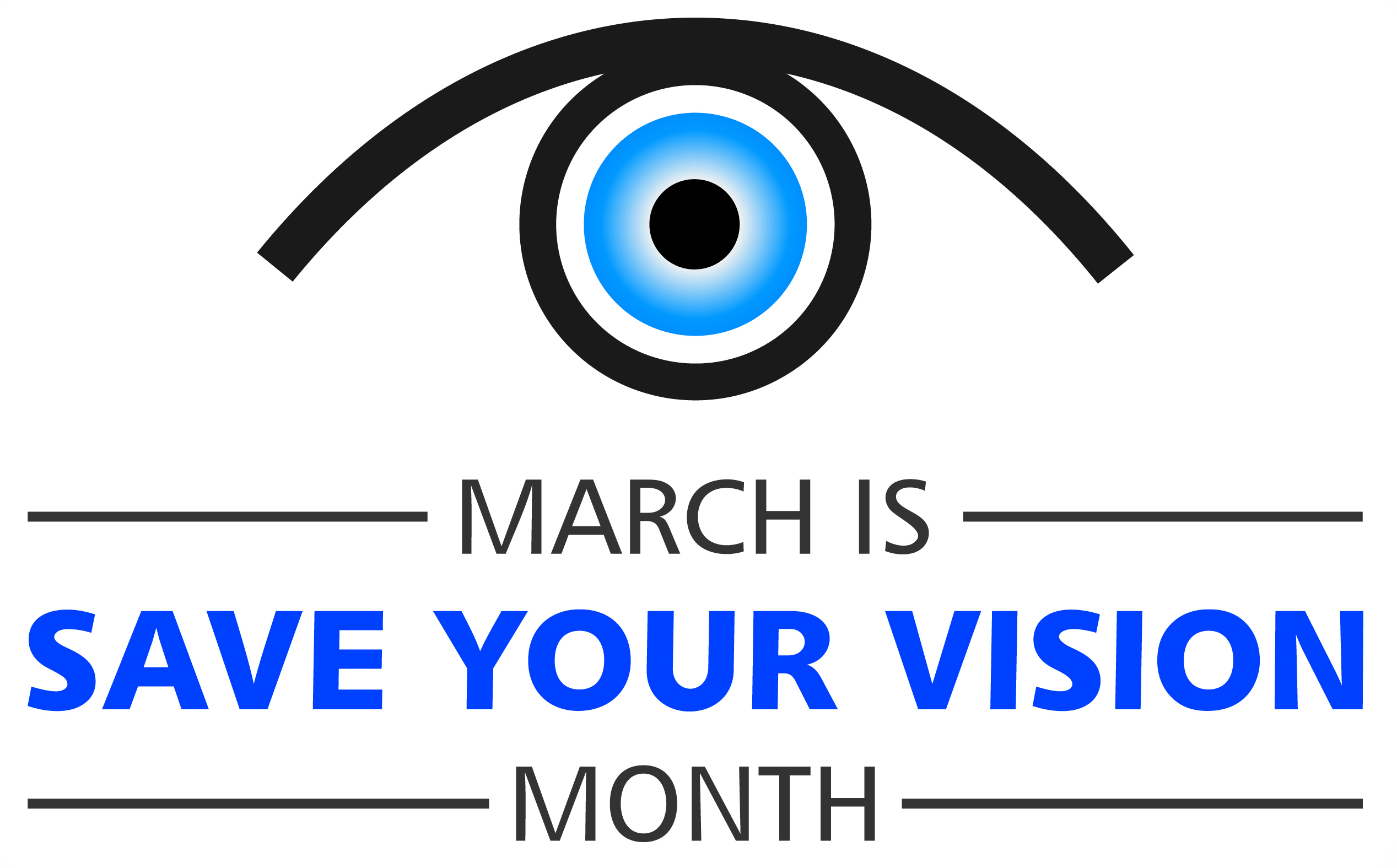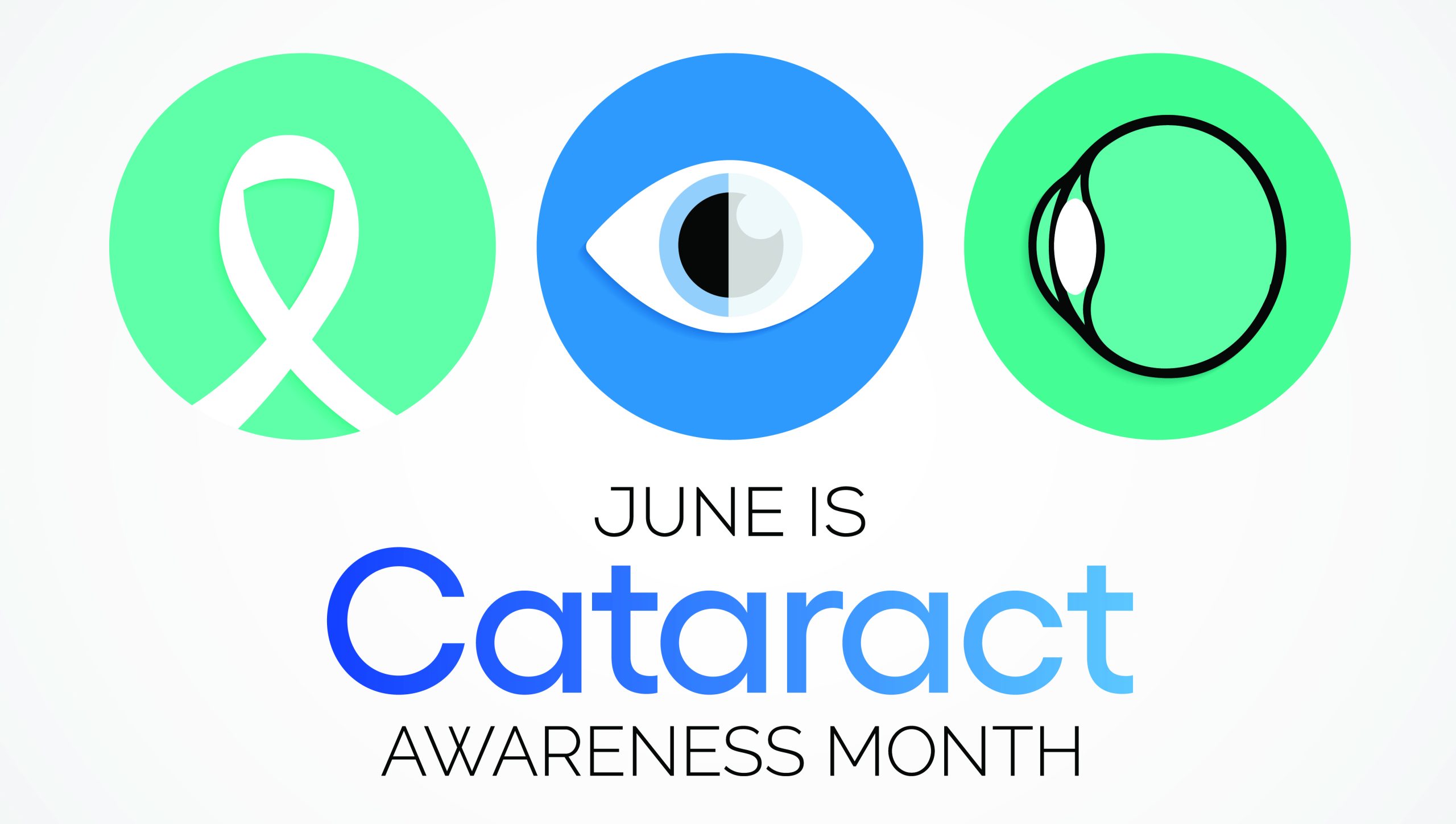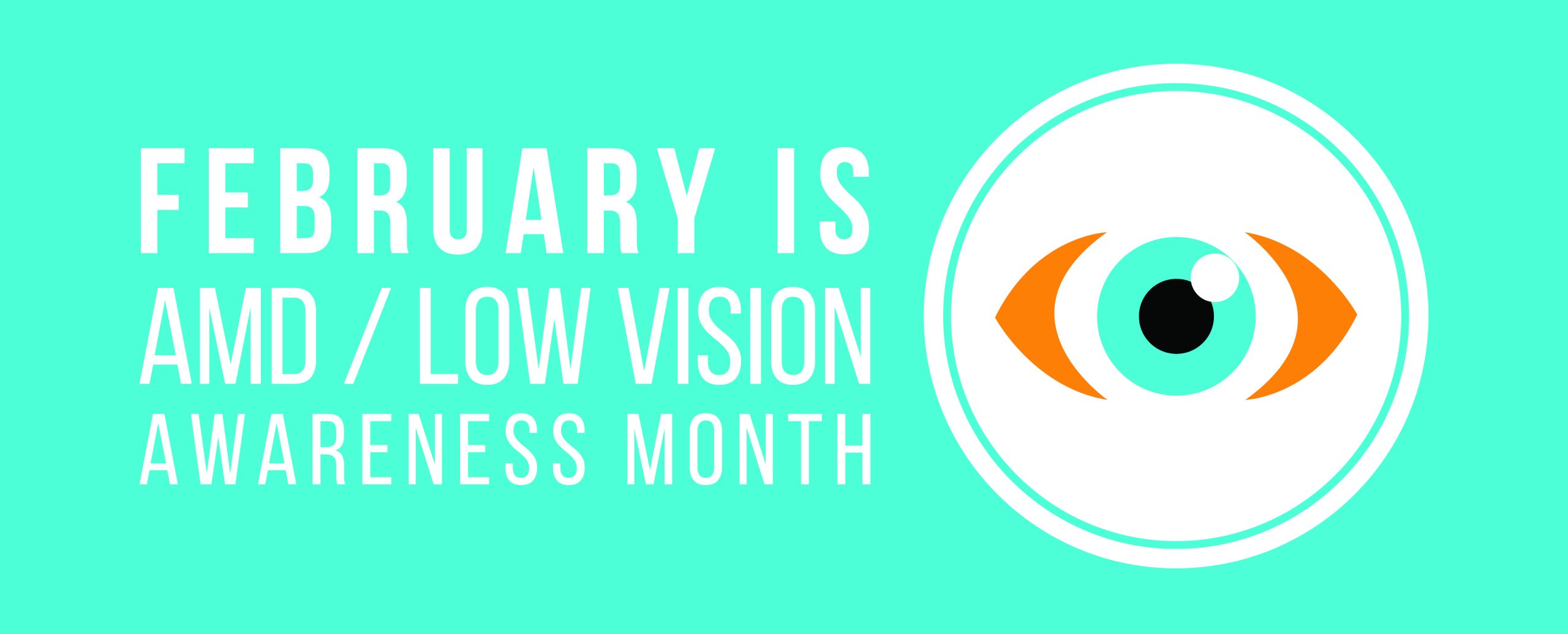
On April 8, a total solar eclipse will cross North America, the last time a total solar eclipse will be viewable from the continent until 2033. A total solar eclipse happens when the moon passes between the earth and the sun, temporarily blocking the view of the sun from a part of the earth. It’s an incredible and rare sight to behold — but looking at a total or partial eclipse can severely and permanently damage your eyes and eyesight if not done with proper protection.
The major cities inside the path of the total eclipse are Mazatlan, Torreon, San Antonio, Austin, Dallas, Fort Worth, Indianapolis, Cleveland, Buffalo, Rochester, Syracuse, and Montreal. However a partial solar eclipse will be visible throughout most of the US — even observing a partial solar eclipse unprotected can damage your vision.
North America will experience totality again in 2033, when the next total eclipse crosses Alaska. In 2044, another total solar eclipse will occur and be visible in multiple continental U.S. states, including Montana and North Dakota.
How to protect your eyes when watching a solar eclipse
 To protect your eyes during an eclipse, you need special glasses. Never use sunglasses, as they do not offer proper protection. Make sure they meet safety requirements and are manufactured with the ISO 12312-2 standard. Look for ISO standard labeling when looking for solar eclipse glasses and purchase them from a trusted source.
To protect your eyes during an eclipse, you need special glasses. Never use sunglasses, as they do not offer proper protection. Make sure they meet safety requirements and are manufactured with the ISO 12312-2 standard. Look for ISO standard labeling when looking for solar eclipse glasses and purchase them from a trusted source.- Wear your solar eclipse glasses at all times when watching an annular or partial solar eclipse.
- Make sure they fit well and cover both of your eyes. Avoid glasses that are too wide or large and could fall off your face.
- Make sure they don’t have any scratches or other signs of wear and tear. If the glasses are damaged, do not use them, they are not safe to use.
- Be sure to read and follow any directions included with your eclipse glasses.
How NOT to watch a solar eclipse
- NEVER look at the sun directly.
- Do NOT use your smartphone: Watching a solar eclipse on your smartphone camera can put you at risk of accidentally looking at the sun when trying to line up your camera. It could possibly also damage your smartphone camera. Don’t take the risk.
- Do NOT use your camera viewfinder: Never look at a solar eclipse through the optical viewfinder of a camera. It can damage your eyes in the same way as looking directly at it.
- Do NOT use unsafe filters: Unless specifically designed for viewing a solar eclipse, no filter is safe to use with any optical device (telescopes, binoculars, etc). All color film, black-and-white film that contains no silver, photographic negatives with images on them (x-rays and snapshots), smoked glass, sunglasses (single or multiple pairs), photographic neutral density filters and polarizing filters are unsafe filters to watch a solar eclipse. Also, solar filters designed for eyepieces that come with inexpensive telescopes are also unsafe. All of these items can increase your risk of damaging your eyes.
You can purchase your Solar Eclipse Glasses for a few dollars on Amazon: Solar Eclipse Glasses


 Save Your Vision Month is here.
Save Your Vision Month is here.


 Don’t smoke. Smoking increases your risk for age-related macular degeneration, cataract, and other eye diseases and conditions that can damage the optic nerve.
Don’t smoke. Smoking increases your risk for age-related macular degeneration, cataract, and other eye diseases and conditions that can damage the optic nerve. Wear protective eyewear when outdoors. Protecting your eyes from the sun’s ultraviolet rays when you are outdoors is vital for your eye health. Wearing sunglasses that block 99 to 100 percent of both UV-A and UV-B radiation.
Wear protective eyewear when outdoors. Protecting your eyes from the sun’s ultraviolet rays when you are outdoors is vital for your eye health. Wearing sunglasses that block 99 to 100 percent of both UV-A and UV-B radiation. Know your family history. Talk to your family members about their eye health history. It’s important to know if anyone has been diagnosed with a disease or condition since many are hereditary, such as glaucoma, macular degeneration, and diabetes . This will help determine if you are at higher risk for developing an eye disease or condition.
Know your family history. Talk to your family members about their eye health history. It’s important to know if anyone has been diagnosed with a disease or condition since many are hereditary, such as glaucoma, macular degeneration, and diabetes . This will help determine if you are at higher risk for developing an eye disease or condition. Consider a multivitamin. Vitamins C, E and the mineral zinc have been shown to promote eye health. Vitamins with Lutein and Zeaxanthin have been known to help patients with moderate to severe age-related macular degeneration.
Consider a multivitamin. Vitamins C, E and the mineral zinc have been shown to promote eye health. Vitamins with Lutein and Zeaxanthin have been known to help patients with moderate to severe age-related macular degeneration. Give your eyes a rest. If you spend a lot of time at the computer or focusing at any one distance, you sometimes forget to blink, resulting in dryness and eye fatigue. Every 20 minutes, look away about 20 feet in front of you for 20 seconds. This can help reduce eyestrain. Consider using a lubricant eye drop during long periods of intense eye use and rest your eyes for 5 minutes.
Give your eyes a rest. If you spend a lot of time at the computer or focusing at any one distance, you sometimes forget to blink, resulting in dryness and eye fatigue. Every 20 minutes, look away about 20 feet in front of you for 20 seconds. This can help reduce eyestrain. Consider using a lubricant eye drop during long periods of intense eye use and rest your eyes for 5 minutes.






 Thank You to all who helped support DEF
Thank You to all who helped support DEF  In the house: When using household chemicals, read the instructions and labels carefully, work in a well-ventilated area and make sure to point spray nozzles away from you. Many chemicals are extremely hazardous and can permanently damage the surface of your eyes, resulting in some loss of vision or even blindness.
In the house: When using household chemicals, read the instructions and labels carefully, work in a well-ventilated area and make sure to point spray nozzles away from you. Many chemicals are extremely hazardous and can permanently damage the surface of your eyes, resulting in some loss of vision or even blindness. In the garage/workshop: Wear protective eyewear to shield your eyes from flying fragments, fumes, dust particles, sparks and splashing chemicals. Power tools can also send wood chips or other substances flying into the air. Many objects can fly into your eyes unexpectedly and cause injury.
In the garage/workshop: Wear protective eyewear to shield your eyes from flying fragments, fumes, dust particles, sparks and splashing chemicals. Power tools can also send wood chips or other substances flying into the air. Many objects can fly into your eyes unexpectedly and cause injury. In the yard/garden: Put on protective eyewear before you use a lawnmower, power trimmer or edger and be sure to check for rocks and stones because they can become dangerous projectiles as they shoot from these machines.
In the yard/garden: Put on protective eyewear before you use a lawnmower, power trimmer or edger and be sure to check for rocks and stones because they can become dangerous projectiles as they shoot from these machines.